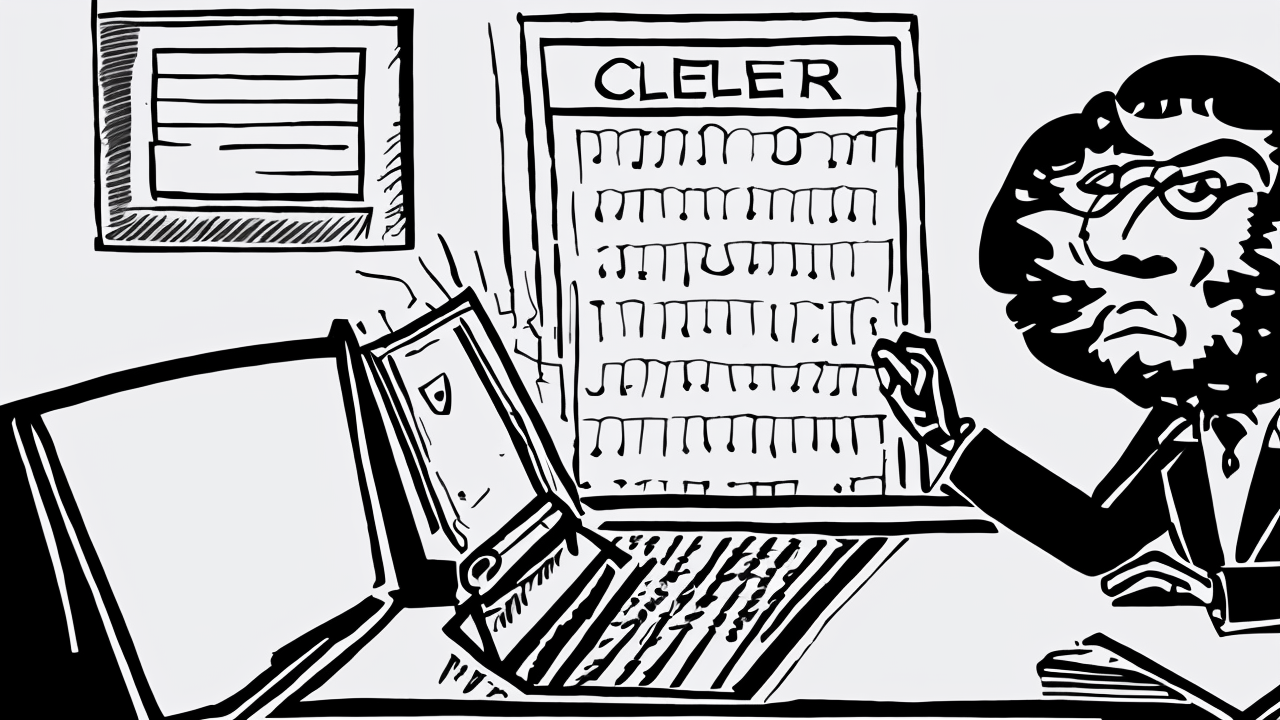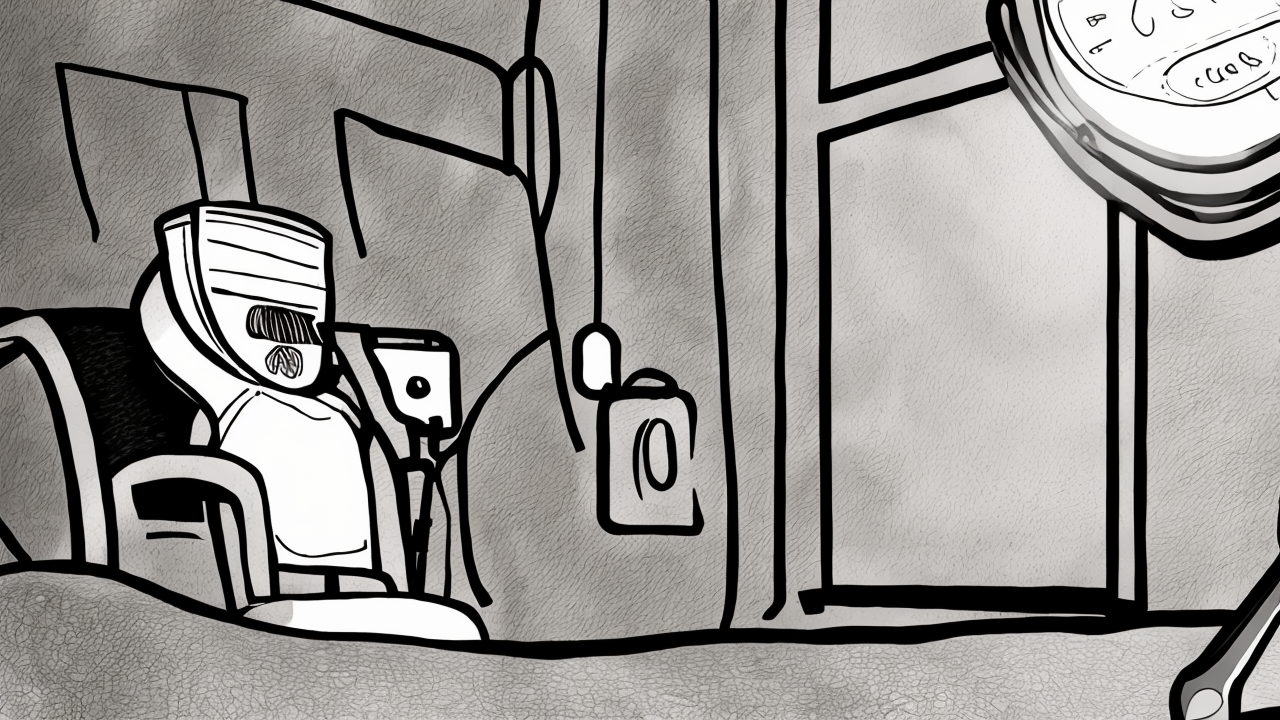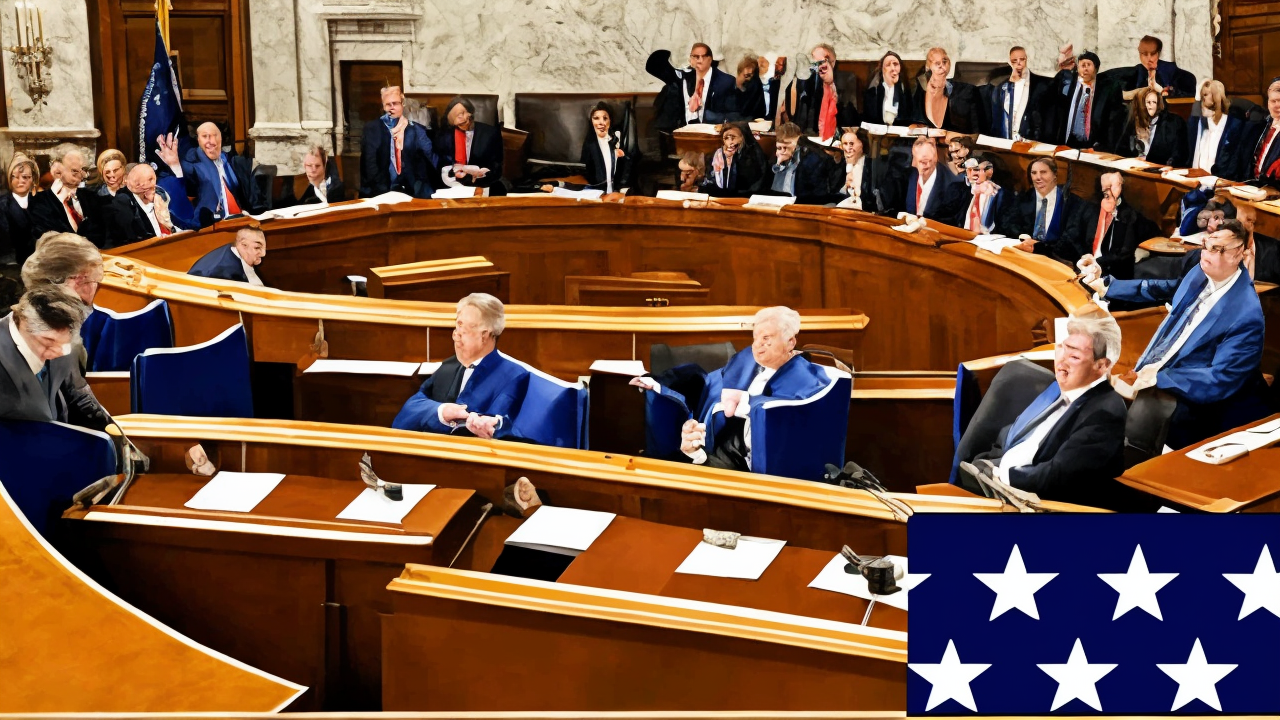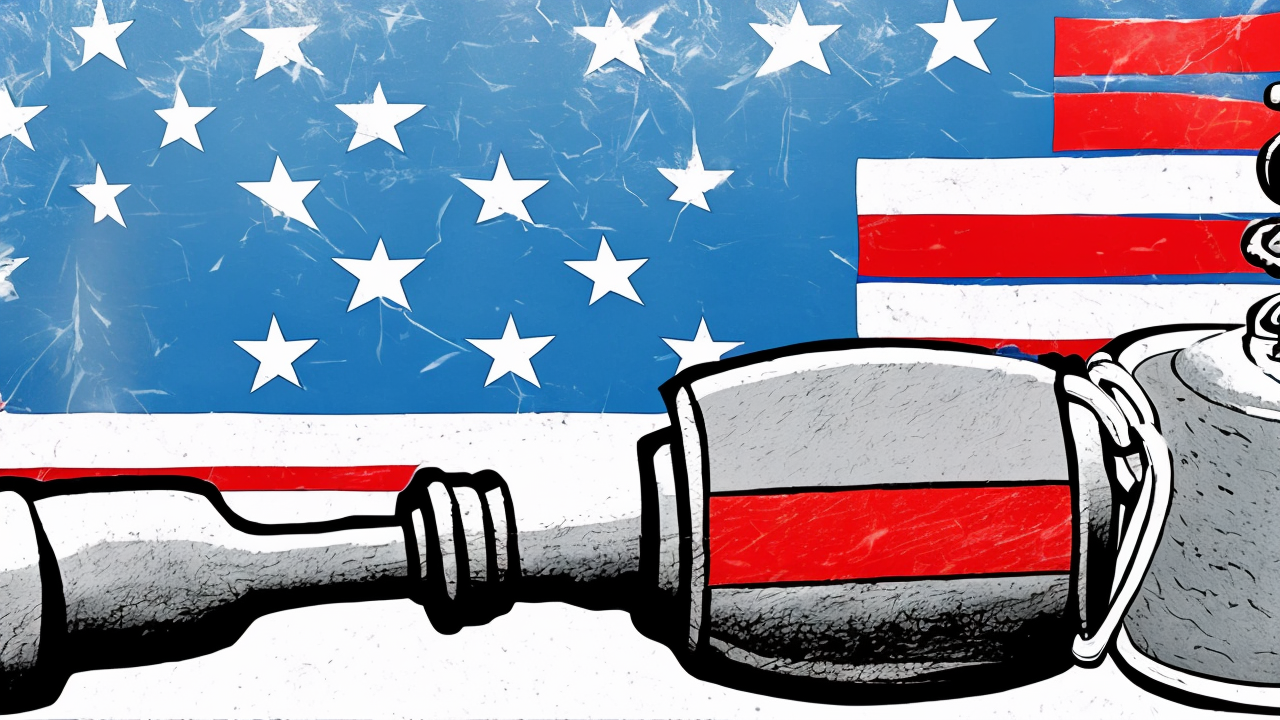The Obamacare Legacy: Lessons from New Mexico
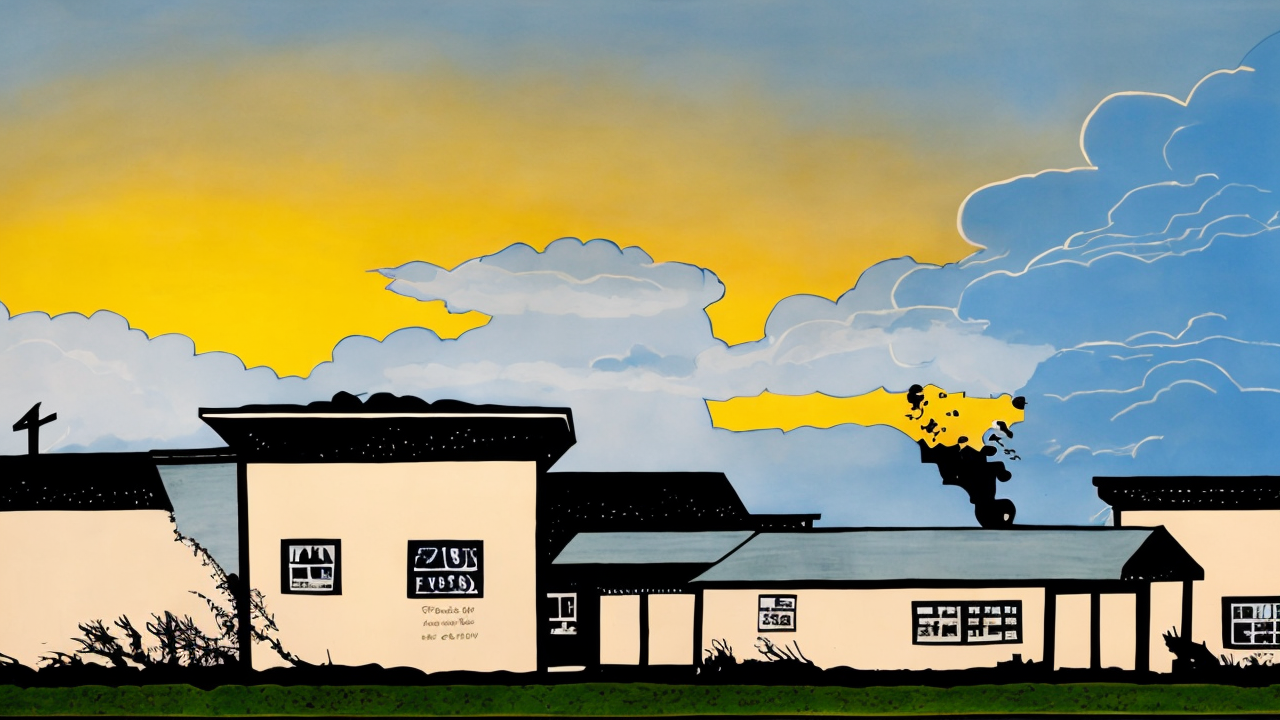
The Affordable Care Act, enacted in 2010, was presented as a bold step toward universal healthcare. Yet, over a decade later, its effects in states like New Mexico reveal a deeper truth: well-intentioned national mandates often disrupt the very systems they aim to fix. What began as a promise of broader access has instead strained rural communities, discouraged medical professionals, and placed an unsustainable burden on taxpayers and state budgets.
In New Mexico, the consequences are especially visible. Rural hospitals, which have long served isolated towns and Native American reservations, have struggled to survive. The ACA’s structure reduced federal payments to these facilities under the assumption that expanded Medicaid enrollment would make up the difference. But that assumption failed. Even as nearly one million New Mexicans now rely on Medicaid, many rural clinics remain underfunded and understaffed. Without consistent revenue, hospitals have closed or reduced services, leaving entire counties with no emergency care or primary medical access.
This crisis is not just about money—it’s about people. Physicians in the state face a difficult choice: stay and work under tight financial constraints, or move to states with better reimbursement rates and more sustainable practice environments. With 61% of New Mexicans covered by Medicaid or Medicare, doctors find themselves spending more time on paperwork and less on patient care. Many have chosen to leave the state, further weakening a healthcare system already stretched thin.
The law promised that individuals could keep their doctors, their plans, and their premiums. In reality, those promises have not held. Small businesses have seen their health options disappear, replaced by more expensive, centrally managed plans. Families now pay higher premiums and deductibles, often with little improvement in actual care. In some cases, people are worse off than before the law was passed.
What’s more troubling is the imbalance in funding. Only about 30% of New Mexicans contribute enough through premiums and taxes to cover the full cost of the healthcare system. The remaining 70% rely on public support, which is increasingly being sustained by other states and federal subsidies. This creates a moral and fiscal dilemma: how long can one state bear the cost of another’s healthcare model?
The deeper issue is not just policy failure—it is a breakdown in responsibility. When government takes over healthcare, it removes the personal accountability that drives efficiency and quality. It shifts decision-making from local providers and patients to distant bureaucrats in Washington. This centralization weakens community-based solutions and discourages innovation.
The answer lies not in more federal mandates, but in empowering individuals, local communities, and state governments to solve their own problems. A system that values personal responsibility, supports medical professionals, and respects the dignity of both patients and providers is far more sustainable than one driven by political ideology.
The lesson from New Mexico is clear: top-down solutions rarely work. Real progress comes when people are trusted to care for one another, when markets are allowed to function, and when states are free to experiment with solutions that fit their unique needs. As we look to the future, the path forward must honor these principles—not through more regulation, but through renewed faith in local leadership, private initiative, and the enduring value of service to neighbor.
Published: 10/26/2025

